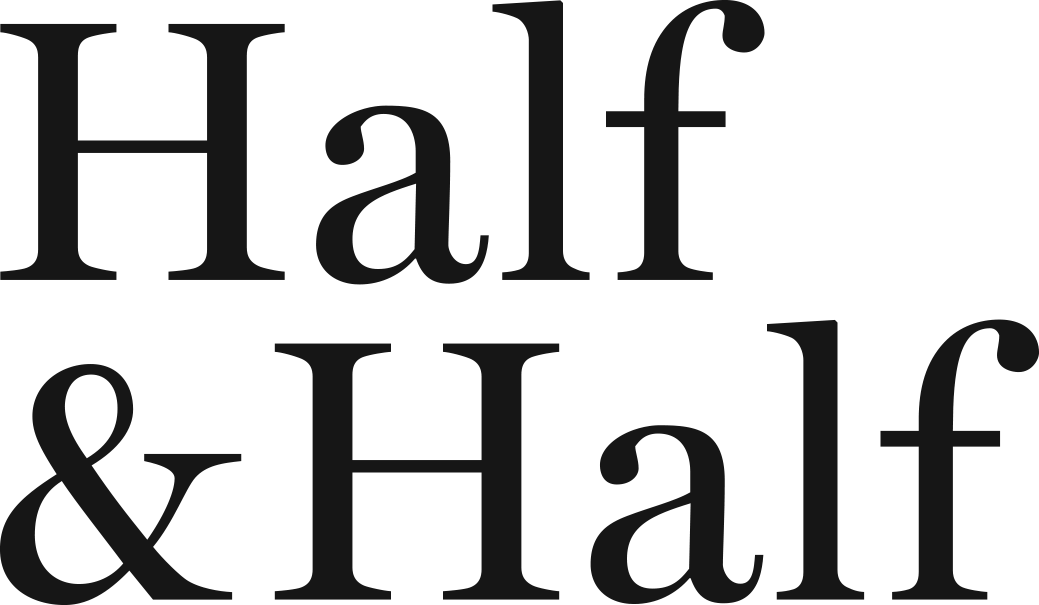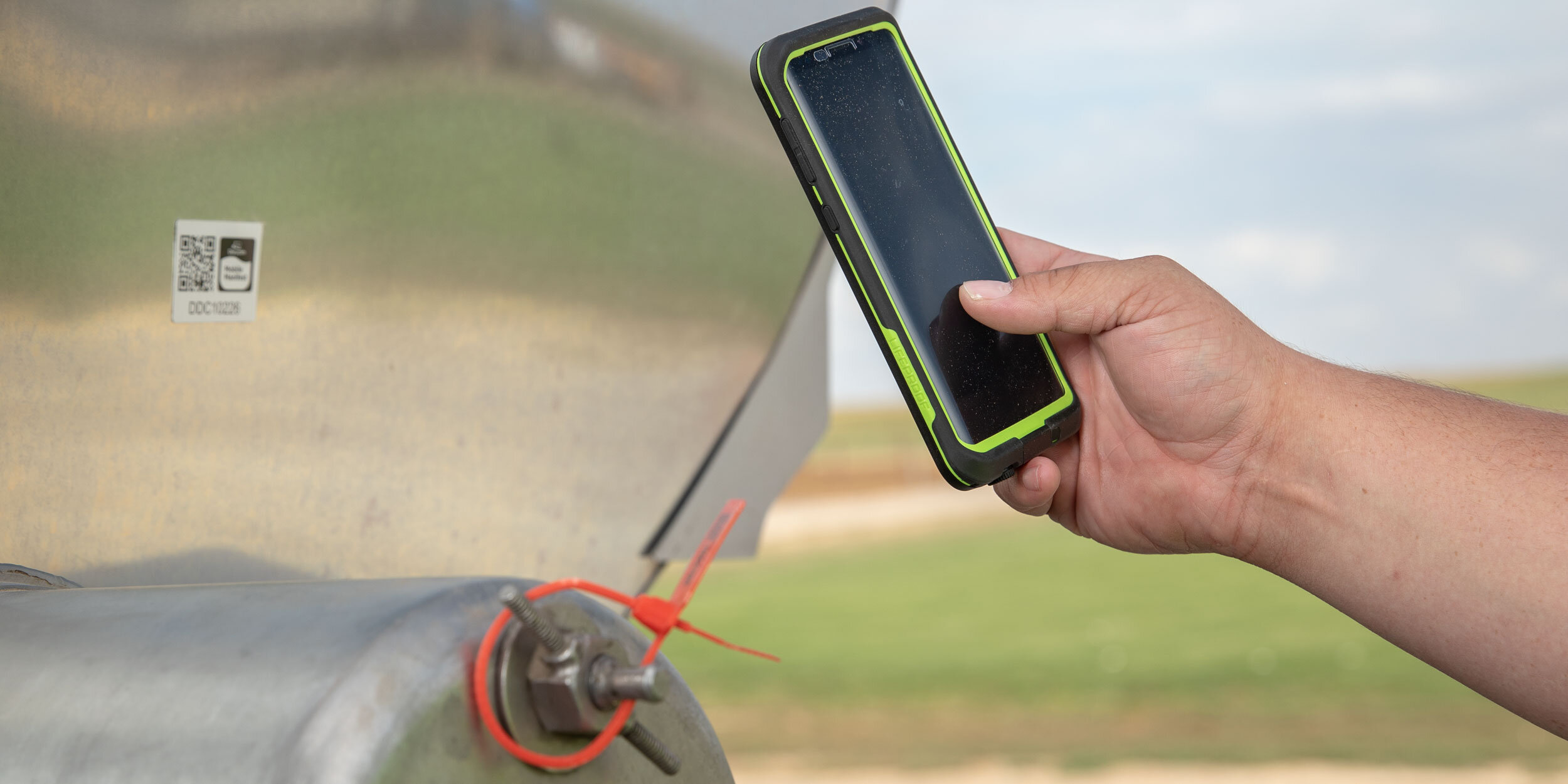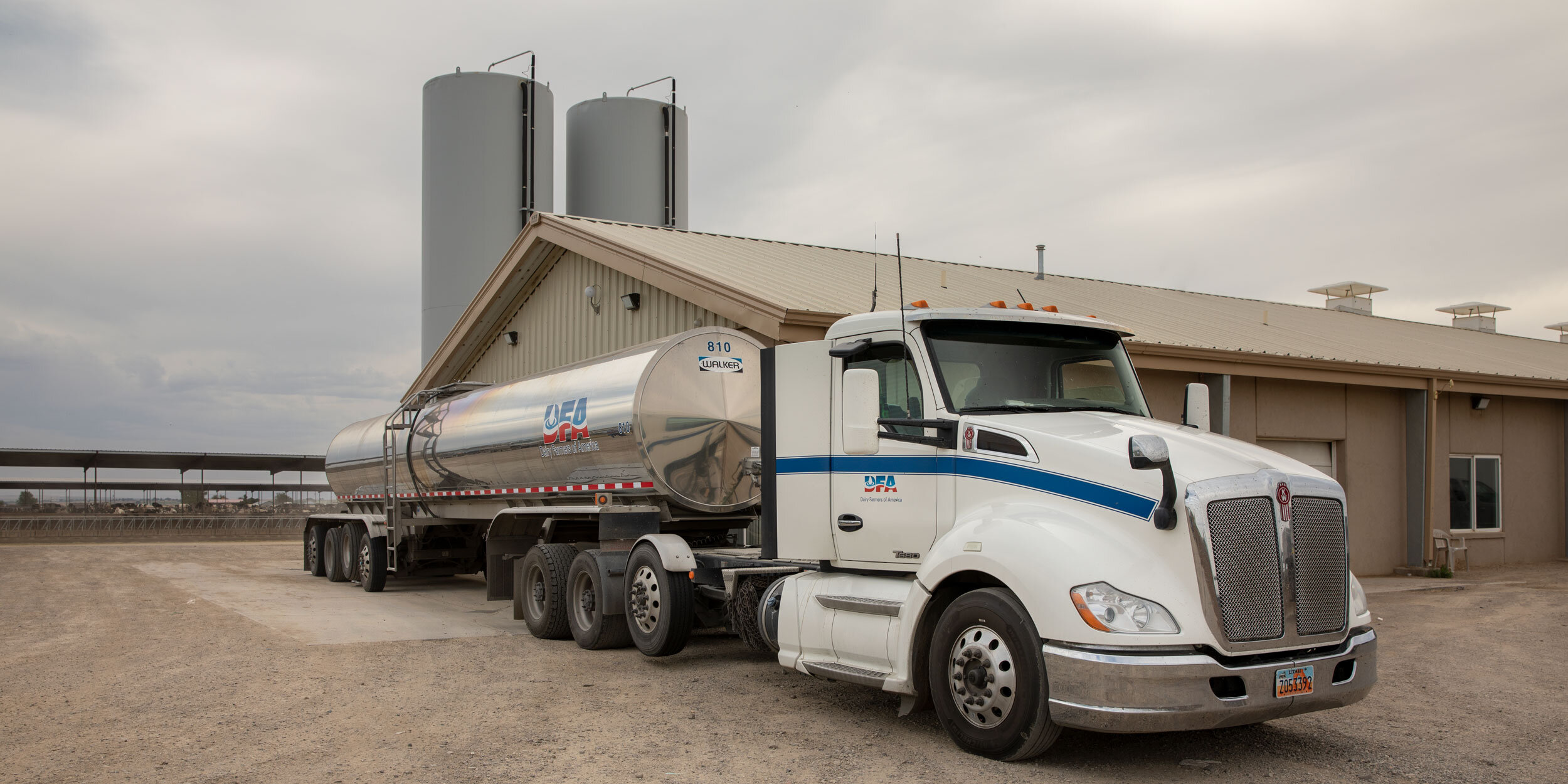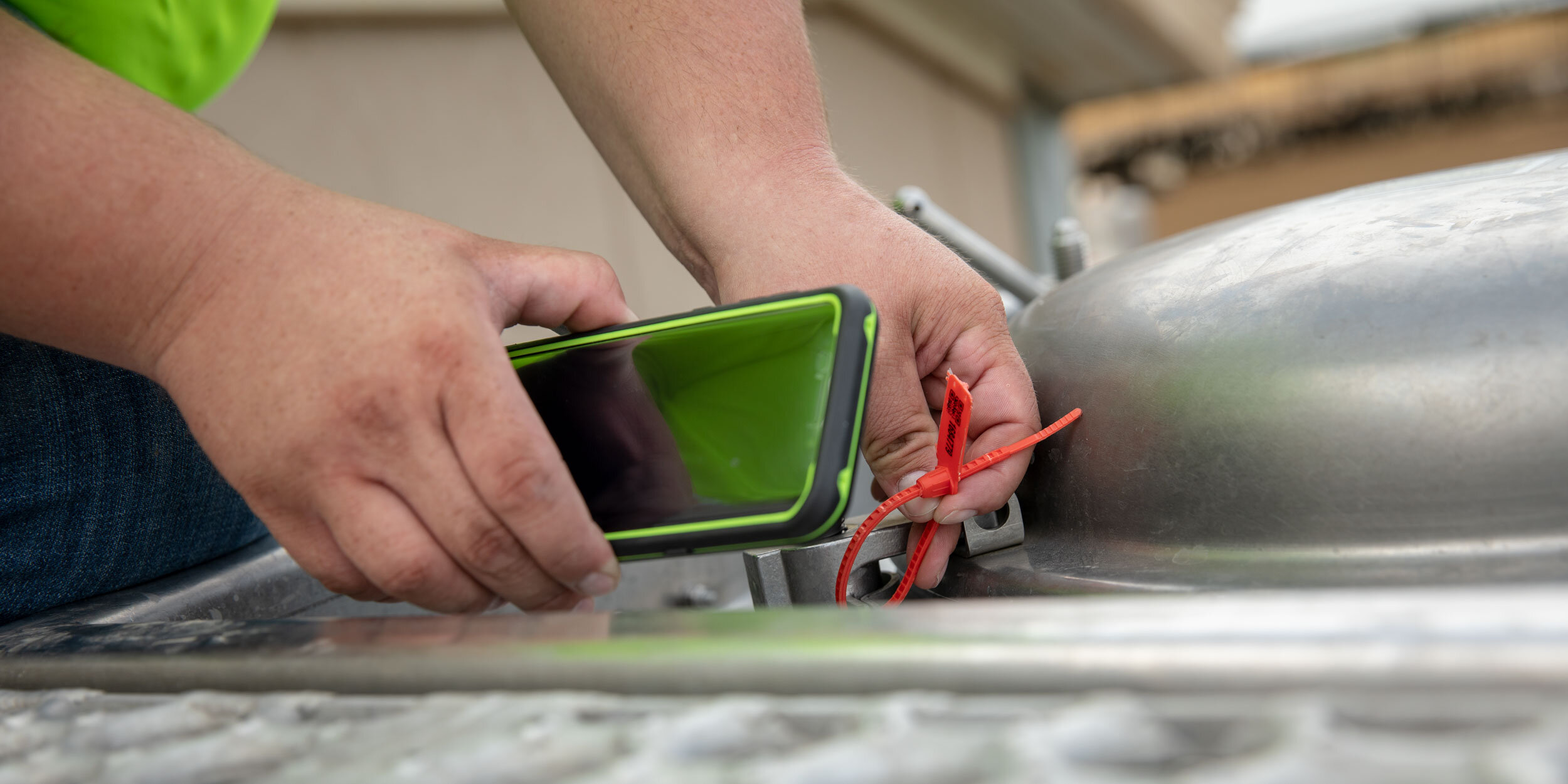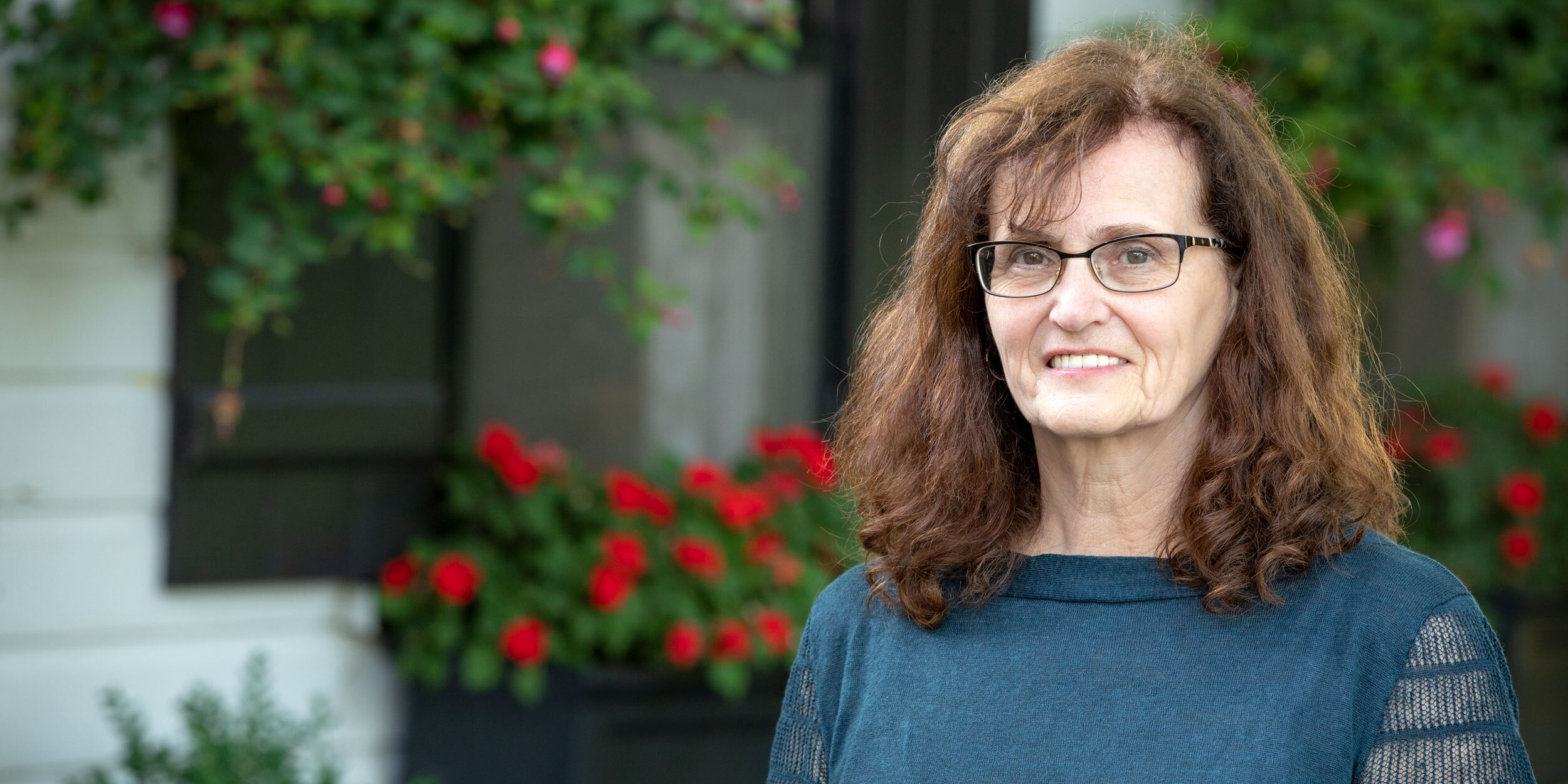Following Their Dreams
/A destination for travelers from Amarillo to Lubbock, Milk House Market — a boutique store offering carefully curated home decor, furniture, lighting, clothing and more — is nestled in a small town in the Panhandle of Texas. As its name alludes, the store started with a dairy, and a mother-daughter duo with a passion for decorating and collecting.
When Rocky and Liz Gingg started Del Rio Dairy in 1982 together, they milked around 100 cows west of Phoenix, Arizona, they never expected to leave the area. But as the Phoenix city lights crept closer to their dairy, they knew they needed to explore other options. By 2004, Del Rio Dairy found itself surrounded by housing developments — and offers for the property were coming in.
The Gingg family had to make a decision: move the dairy to another location in Arizona, or somewhere else entirely. High land costs in Arizona and lengthy milk transport time led the Ginggs to build a new dairy in Friona, Texas, doubling the size of the dairy in the process. Now, Del Rio Dairy milks around 7,000 cows and recently expanded the operation with a new milk barn in September 2020.
While Rocky and Liz decided to relocate the dairy, their daughter, Crystal Moroney, was studying fashion merchandising at Northern Arizona University with the goal to become a buyer. Weekends spent thrifting with her mother to discover unique pieces helped fuel her interest in fashion and merchandising. Crystal married her high school sweetheart, Nathan Moroney, graduated from college and started working in corporate retail. And while the experience was unforgettable, Crystal learned that working in the corporate retail industry wasn’t right for her.
“Because it was commission-based, the clothes were a lot prettier than the people,” Crystal says.
Returning to the family farm to help with the dairy’s construction business and manage the farm’s books during the transition to Texas was an easy decision for Crystal. After managing the books for five years, Rocky told Crystal and Nathan, “If you’d ever want to come to Texas, and be closer to the farm, you’re more than welcome.”
Nathan was working for his father’s residential and commercial roofing business when the economy crashed in 2010, and he found himself looking for a new opportunity. Little did he know that he wouldn’t need to look very far. Even though he had little dairying experience, Nathan was up for the challenge of becoming a dairy manager for Del Rio Dairy.
Next stop: Friona, Texas
One month later, the Moroneys, and their two sons, Nathan Jr. and Max, found themselves in Friona.
“I look back and think ‘God knew what he was doing because if I didn’t start working for my dad, it would never have led me to where I am today and us moving to Texas,’” Crystal says.
For Crystal, moving to small-town Friona felt like coming home.
“It was easy for me to adjust because I’ve always lived in the country — I never had neighbors until college,” Crystal says.
For Nathan, he had to quickly learn not only about cows, but also about his role, the life of a dairy farmer and the industry. And when Crystal and her mother, Liz, weren’t busy assisting with the dairy barns, they found other barns to spend their time in.
Pick, pick, pick
Unlike Arizona, where the mother-daughter duo would head to antique stores, Texas had barns everywhere — barns filled with dusty antiques ready to be repurposed. All they had to do was ask permission to dig through them, often heading home with special pieces. Before too long, the pair realized they had far too many things to use themselves, and so the idea for creating their own store was kindled.
“My mom has inspired me to accomplish anything — to her, there are no boundaries,” Crystal says. “And even though we live in a small town, we can still do anything.”
Crystal knew she wanted two elements to go into the name of the store, the word ‘market’ and dairying. “I wanted to incorporate dairy into the name because that’s the root of everything in my life, and it’s so important to me. The milk house is where milk is stored, adjacent to the milking barn. Pretty soon, the name Milk House Market stuck.”
Before purchasing the building Milk House Market currently occupies, the original store was housed in a 1,000-square-foot building across the street from their current location. In July 2014, Milk House Market was founded, showcasing the treasures the two found during their adventures meandering down two-lane roads in Texas. In addition to their timeless finds with modern trends, Crystal and Liz brought in repurposed furniture, candles, tea towels (designed and handsewn by Crystal’s mother-in-law) and home goods to their inventory.
Soon enough, word spread to the surrounding big cities and Milk House Market had the opportunity to grow into a larger building.
Hardware store turned decor store
Across the street from their original location sat an old hardware store. The building is nostalgic to Friona residents because of the memories in the building. The old hardware store was a place where locals would register for wedding gifts or visit for do-it-yourself project supplies.
“I was hesitant at first, but my mom wasn’t,” Crystal says. “I knew this would be a drastic change, and I had three children and was still working full time at the dairy. But we decided to go for it, and in the process, we convinced my dad that we needed a creative outlet besides the dairy.”
